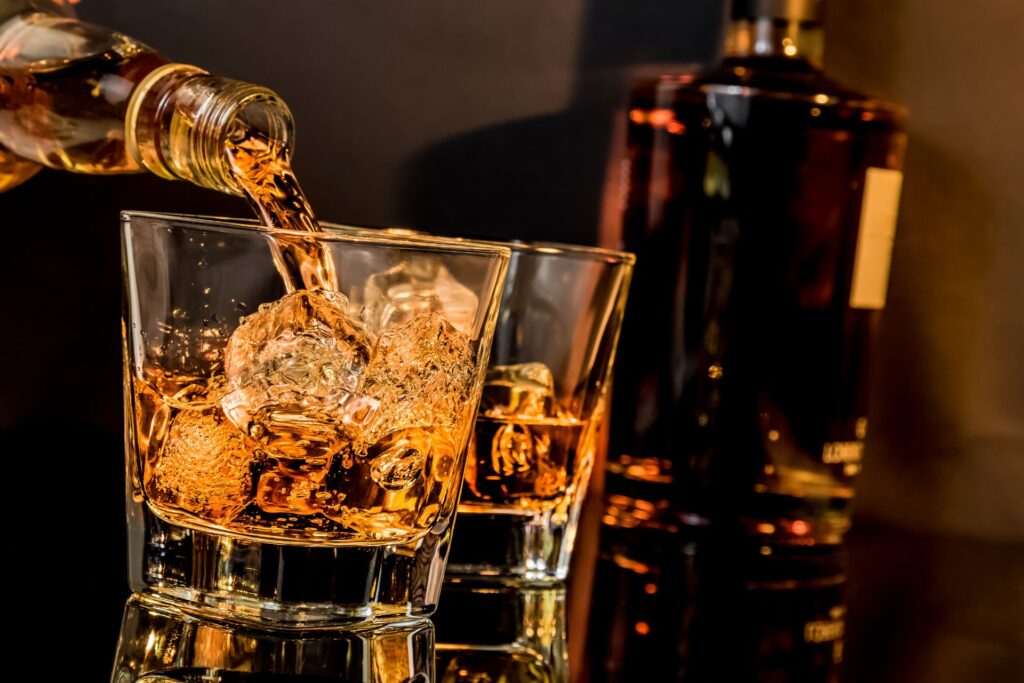Bourbon’s Survival and Resurgence During Prohibition

Prohibition, the nationwide ban on the sale, production, and transportation of alcoholic beverages in the United States from 1920 to 1933, was a time of great change in American society. During this era, many industries were adversely affected, but one surprising success story emerged amidst the chaos – the bourbon industry. Bourbon, a uniquely American spirit, not only survived but thrived during Prohibition. In this article, we will delve into the fascinating history of bourbon during this tumultuous time and its enduring legacy.
The Birth of Prohibition
The roots of Prohibition can be traced back to the temperance movement, a crusade against alcohol consumption that gained momentum in the 19th century. Advocates of temperance believed that alcohol was the root cause of many societal ills, including crime, poverty, and domestic violence. By the early 20th century, the temperance movement had grown into a formidable political force, leading to the ratification of the 18th Amendment in 1919, which banned the manufacture, sale, and transportation of alcoholic beverages.
Bourbon’s Survival
While Prohibition shut down countless distilleries and bars across the nation, bourbon makers managed to adapt and survive. Several factors contributed to bourbon’s resilience during this era:
- Medicinal Whiskey: The Volstead Act, which enforced Prohibition, allowed for the legal distribution of medicinal whiskey by doctors. Physicians wrote thousands of prescriptions for “medicinal bourbon,” which effectively provided a legal loophole for continued production and consumption.
- The Expansion of the Pharmacy: Many drug stores of the time stocked a wide range of “medicinal” products that happened to contain high-proof spirits. As a result, customers could conveniently purchase whiskey, often without a prescription, under the pretense of treating various ailments.
- The Art of Blending: Distilleries began selling concentrated extracts of their bourbon, which customers could then dilute at home. This allowed distilleries to produce a single product for legal purposes while consumers could reconstitute it into the bourbon they desired.
- Bootlegging and Speakeasies: The illicit production and distribution of alcohol were widespread during Prohibition. These “speakeasies” or underground bars and clubs served an eager clientele, offering bourbon and other spirits in secret.
The Rise of Moonshiners
Additionally, Prohibition gave rise to moonshiners who operated in the backwoods of Appalachia and the rural South. They produced unaged, high-proof spirits, often referred to as “white lightning” or “moonshine.” Moonshiners played a significant role in keeping the tradition of distillation alive, and their craft eventually contributed to the development of modern bourbon.
Post-Prohibition Resurgence
The end of Prohibition in 1933 signaled a new beginning for the bourbon industry. Distilleries that had survived and adapted during Prohibition were well-positioned to make the most of the post-Prohibition era. The newfound legality of their operations allowed bourbon makers to expand their operations and refine their products.
Bourbon Today
Today, bourbon is experiencing a renaissance. It has become a symbol of American craftsmanship and heritage, with enthusiasts worldwide appreciating its unique flavor profile and cultural significance. Bourbon tourism is on the rise, with distilleries opening their doors to visitors, and connoisseurs explore the rich history and craftsmanship behind this iconic American spirit.
Prohibition was a challenging period for many industries, but bourbon’s survival and resurgence during those thirteen years are a testament to its enduring appeal and adaptability. The ingenious methods used to circumvent Prohibition not only preserved the bourbon tradition but also contributed to its evolution. As we sip on a glass of bourbon today, we can toast to the spirit’s enduring legacy, shaped in part by its remarkable journey during one of America’s most remarkable and challenging eras.